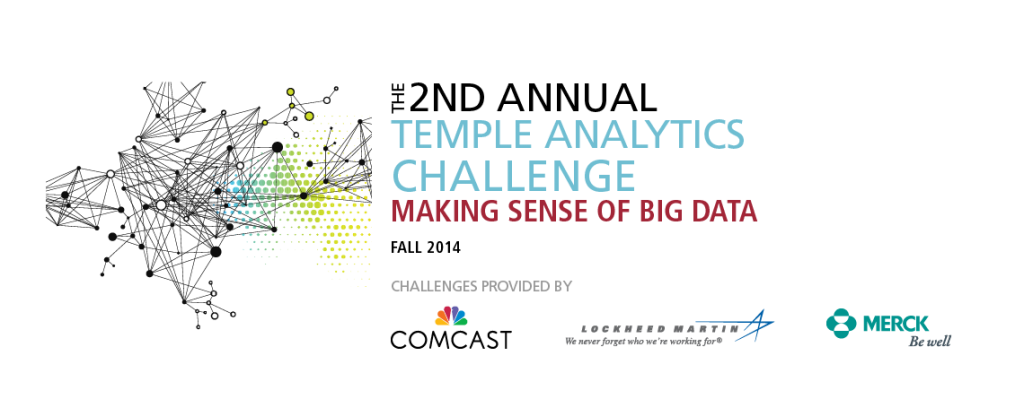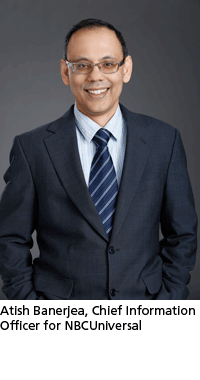 Dr. Xueming Luo, Professor of Marketing at the Fox School of Business, is founder and director of the Global Center on Big Data in Mobile Analytics, whose mission it is to facilitate research, education, and industry practice in big data, touching a multitude of cross-disciplinary fields.
Dr. Xueming Luo, Professor of Marketing at the Fox School of Business, is founder and director of the Global Center on Big Data in Mobile Analytics, whose mission it is to facilitate research, education, and industry practice in big data, touching a multitude of cross-disciplinary fields.
“The new generation is using mobile every day,” said Luo. “Everyone can use mobile to find restaurants, reviews, movies, Facebook – it’s so relevant.”
Established in 2013, the Global Center is now a formal affiliate of the Institute for Business and Information Technology (IBIT). “IBIT members will benefit from the leading edge mobile research of the center” said Munir Mandviwalla, Executive Director.
Luo has received widespread accolades and recognition for his research, recently receiving an award from the American Marketing Association for his paper on mobile targeting for subway passengers.
“[In mobile], there’s a golden opportunity for marketers if they [communicate] at the right time, right location, and push the right product to the right customers.”
The Center’s research doesn’t just transcend industries, but cultures, as well – as it compares and contrasts populations around the world. “We talk about global vision; we look for rich, in-depth stores of how different kinds of consumers may respond differently to the same strategy across the globe.”
It’s a team-building opportunity here that we can build a research team around the world, and that we engage undergraduate and masters and PhD students in the center. Our projects can really help the industry to target customers better and have more competitive advantage in business.
Xueming Luo
The demand for such insights is at an all-time high. “All companies have data,” Luo explained, “but are short of insights that help them use the database to make decisions—and that’s the key thing…From Fortune 500 to emerging markets, that’s what will give the competitive advantage.”
When asked what he considered to be the most rewarding aspect of working at the Center, Luo said: “I think we have a good, supportive environment; everyone here is so happy and motivated, which is maybe most exciting.”

 The Institute for Business and Information Technology announces the
The Institute for Business and Information Technology announces the  Atish Banerjea has just become the newest member of the
Atish Banerjea has just become the newest member of the 


